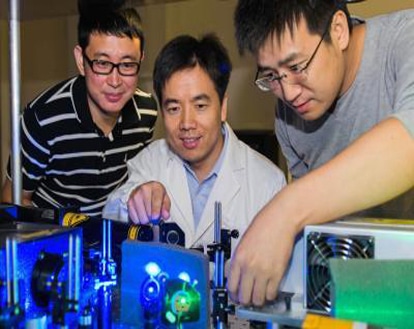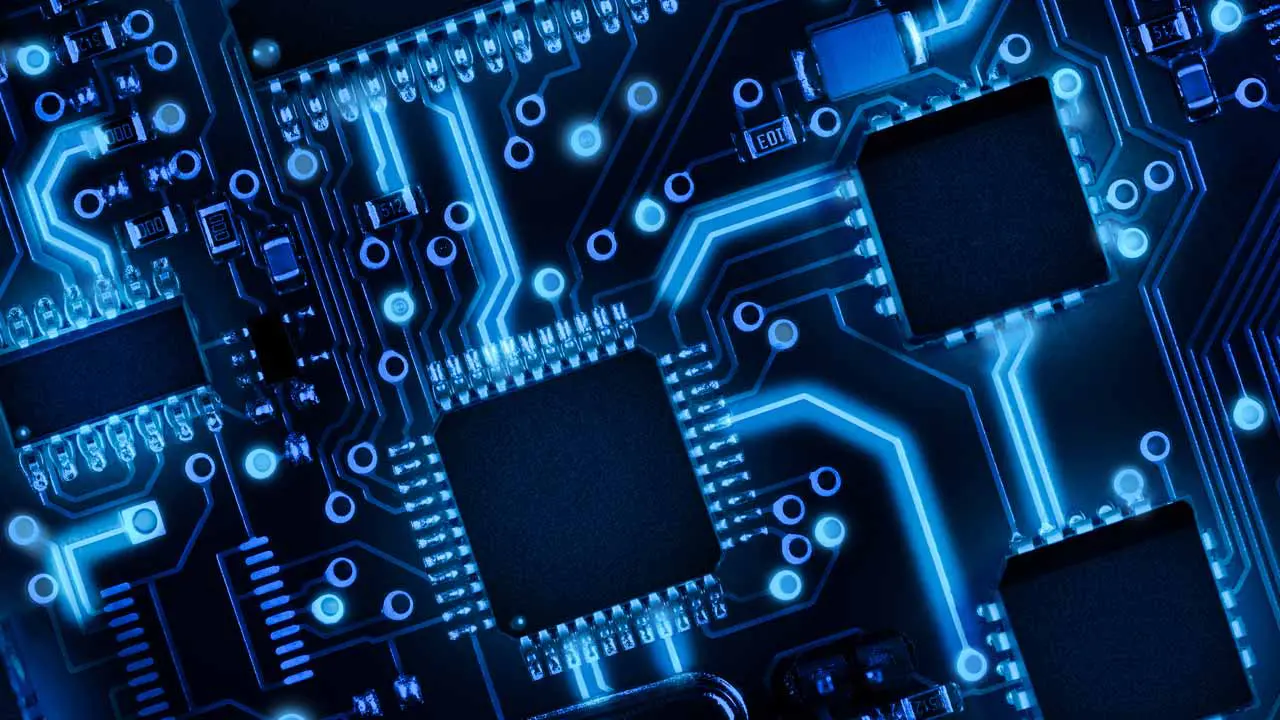
Scientists from Nanyang Technological University (NTU) in Singapore have developed a new laser cooling method that could replace extreme refrigerant-based cooling systems in medical devices and satellite cameras and help develop futuristic computer chips capable of cooling themselves.
If we are able to harness the power of laser cooling, it would mean that medical devices that require extreme cooling—such as MRI [machines that use] liquid helium—could do away with their bulky refrigerant systems [and replace them] with an optical refrigeration device,” Assistant Professor Xiong Qihua, from the School of Physical and Mathematical Sciences and the School of Electrical and Electronic Engineering, said. “It would also remove the need for compressors and coolants in air-conditioning and refrigerators used in our homes and automobiles.”
According to Professor Qihua, the new research in laser cooling technology could be also used to create “miniaturized coolers” for infrared imaging sensors installed in satellites and could also lead to the development of “self-cooling” computer chips for use in portable electronics.
Qihua Xiong and his colleagues used an optical-wavelength laser to “interact with multiple modes of phonons” in strips of cadmium sulphode, a group-II-VI semiconductor often used in digital electronics that was placed on a substrate made of silicon and silicon dioxide. According to the researchers, the interaction “acted resonantly” and canceled the phonons out, resulting in a rapid cool-down of the material.
For more information, visit Ars Technica and The Engineer.






